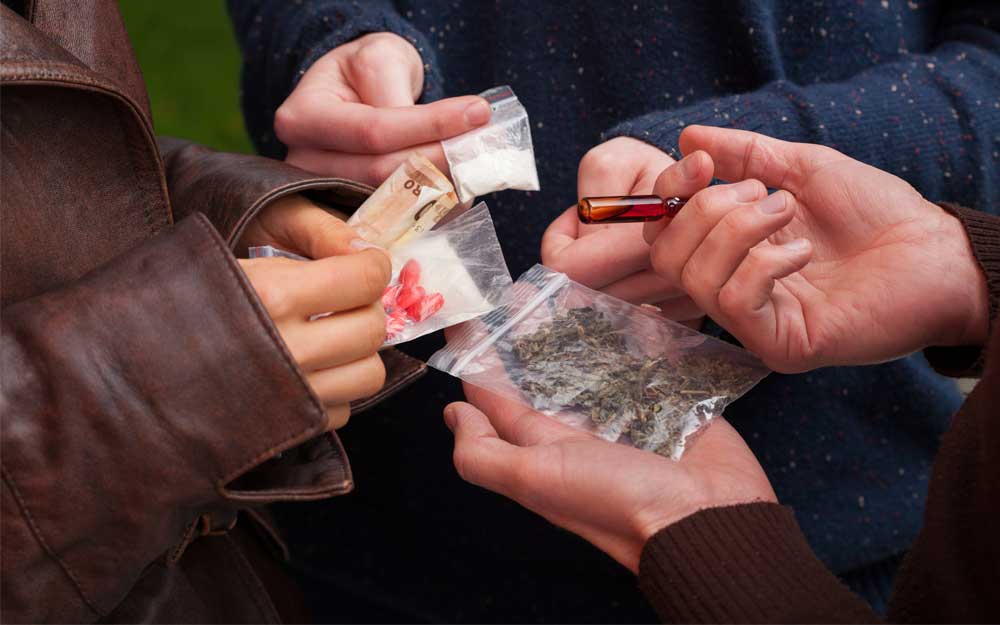 At just 11 years old, Sandi Lybert’s son began abusing substances to get high. He started by huffing aerosols, smoking cigarettes, drinking alcohol and using marijuana and prescription pills. By Tyler’s 17th birthday, he’d developed a full-blown heroin addiction. With 19 underage drinking tickets and three DUIs, his life was in a downward spiral.
At just 11 years old, Sandi Lybert’s son began abusing substances to get high. He started by huffing aerosols, smoking cigarettes, drinking alcohol and using marijuana and prescription pills. By Tyler’s 17th birthday, he’d developed a full-blown heroin addiction. With 19 underage drinking tickets and three DUIs, his life was in a downward spiral.
After detoxing through Rogers Behavioral Health, Tyler received residential treatment at Herrington Recovery Center in Oconomowoc, Wisconsin. “Tyler’s counselor gave us courage and hope and helped us understand what addiction was so we could move forward,” says Sandi. Today, Tyler has been in recovery for almost eight years.
After her son’s recovery began, Sandi wanted to make addiction education available to families like hers. “We had two choices,” she says. “We could either be silent about our battle and alone, or we could take a stand and put a face to addiction.”
Sandi, her family and a small group of volunteers and public speakers now operate Your Choice-Live, a non-profit drug and alcohol awareness program for youth in Wisconsin and surrounding states. The group provides health classes and education to youth with substance possession or underage drinking tickets, as well as programming for parents, law enforcement, teachers and other adults.
Over the past year, the Your Choice youth speakers have educated over 30,000 students through youth presentations and health classes. “I don’t want any family to feel as lost and stuck and desperate as we felt,” she says. “That’s why we do what we do and help as many families as we can.”
Recently, the group jump-started a new program: Wake Up Call. “We were getting so many calls from parents who were asking what they should be looking for,” says Sandi. So, the group staged a bedroom with more than 20 common signs of substance abuse. The bedroom is divided by a male and female side of the room and is filled with paraphernalia that was either purchased online or locally without an ID, or from Tyler’s own childhood bedroom.
The first average age of use in the United States is fourth grade.
“From the time he was 11, there were signs in Tyler’s bedroom I did not recognize,” says Sandi. “Wake Up Call is meant to tell parents that believe it or not, this could be happening in your home and we’re going to give you some tools for talking with your kid.”
This spring, a permanent Wake Up Call bedroom was opened at the Hartland Fire Department Survive Alive House. In the first 28 hours, over 600 people passed through the room.
The space is filled with:
- Homemade and purchased objects children commonly use to transport or use drugs, aerosols and alcohol
- Objects that promote the culture of alcohol and drug abuse
- Common bedroom hiding places youth use to store paraphernalia
At the program’s closing, the team offers time for parents to process and think about their next steps. “We don’t want parents to overreact,” says Sandi. “It’s not helpful for the family if parents go home and put a wall up, so we offer resources and tips for talking about drug abuse.”
Sandi hopes the program will help parents intervene earlier and give them resources to save lives. “As parents, we want to be with our kids 24/7,” says Sandi. “But we can’t. We want our kids to go out into the world and make the right choices.”
To learn more about Your Choice, their various programs and public events scheduled for this spring, visit their website.


